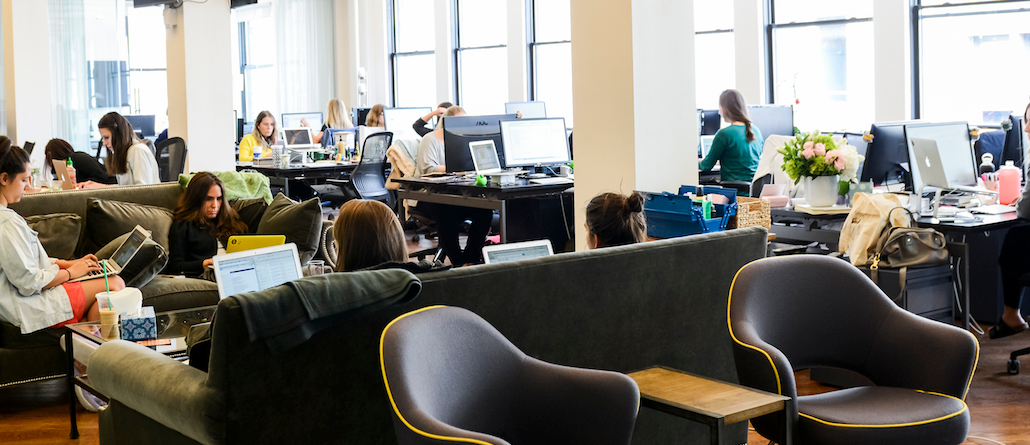
It’s a hard time for publisher apps. There was more evidence of that last week when The New York Times announced it would shut down NYT Now, after the 2-year-old app failed to take off as hoped.
But other publishers aren’t throwing in the towel just yet. Women’s news and lifestyle site Bustle says it’s more than happy with the performance of its year-old app. It’s hard to train readers to use a new mobile app, and Bustle only has 20,000 to 25,000 daily active users out of 350,000 downloads. But at a time when publishers worry they’re too dependent on Facebook to reach their audience, Bustle sees its app as a way to connect directly with core fans, who average six minutes per session. That’s long in app time; according to a study of U.K. mobile users, gaming is the top category in terms of time spent, at 5.3 minutes per average user session.
“It’s a great way to have a direct connection with our readers,” Bustle editor Kate Ward said. “We’ve always been pretty open about the fact that we don’t depend on any one platform. We want to reach readers in any way they want to be reached.”
Critics sneered at Bustle when it launched in 2013, largely in response to founder Bryan Goldberg’s statements about millennial women that came off as patronizing to some. Since then, the site has topped 31 million uniques on uplifting posts, a 21 percent increase year over year; and launched a spinoff site, Romper, for young moms. It’s more than doubled its Facebook followers in the past year, to 5.3 million. The company now has 140 full-time employees, up from 100 at the start of the year.
The app delivers the same content that’s available on the site, as well as also stories from around the web. With 80 percent of Bustle readers watching TV with their phones, the publisher has found the app’s sweet spot is capitalizing on users’ second-screen behavior.
Bustle does this a couple ways. It’s done “takeovers” with figures from shows like “Pretty Little Liars” and “Making a Murderer” that are popular with its young female audience, that consist of compiling tidbits and multimedia about the star and giving it its own section on the app. (Bustle said the latter helped generate 8,700 in app downloads.) The app carries ads, but they’re tacked on as part of larger deals.)
When a popular show is on, Bustle will live-cover the episode itself, providing a steady stream of tweets, Snapchat screenshots and other content about the show. Bustle’s seen usership increase three to four times during a live events or TV shows. App editor Melissa Mills said in this way, Bustle can offer a richer experience than Twitter can. “People don’t want to just see a tweet anymore. They want to see everything at once.”
Ad position: web_incontent_pos1
More in Media

NewFronts Briefing: Samsung, Condé Nast, Roku focus presentations on new ad formats and category-specific inventory
Day two of IAB’s NewFronts featured presentations from Samsung, Condé Nast and Roku, highlighting new partnerships, ad formats and inventory, as well as new AI capabilities.

The Athletic to raise ad prices as it paces to hit 3 million newsletter subscribers
The New York Times’ sports site The Athletic is about to hit 3 million total newsletter subscribers. It plans to raise ad prices as as a result of this nearly 20% year over year increase.

NewFronts Briefing: Google, Vizio and news publishers pitch marketers with new ad offerings and range of content categories
Day one of the 2024 IAB NewFronts featured presentations from Google and Vizio, as well as a spotlight on news publishers.
Ad position: web_bfu